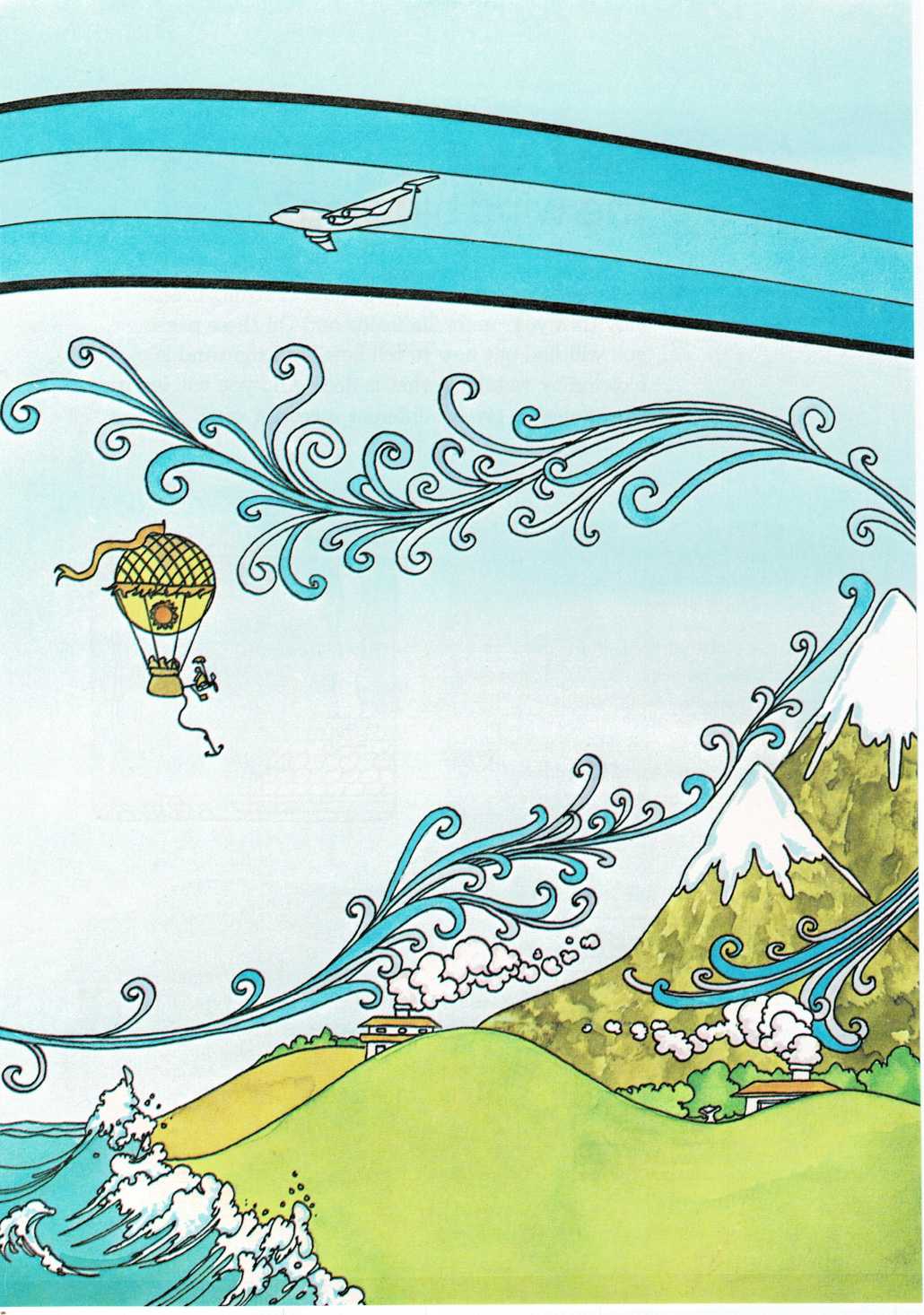The moving air
When the air seems calm, and you can’t feel a wind, it doesn’t mean that
the wind has stopped blowing everywhere. For there isn’t just one wind,
there are many. In one place, there may be a soft breeze. In another
place, there may be a fierce gale. In one place, the wind may blow from
the north. In another place, it may blow from the south.
There may even be two different winds in the same place! Near the
ground, a wind may be pushing all the smoke from chimneys in one
direction. But up in the sky, another wind may be making the clouds
scurry in another direction.
Earth’s air is always moving. It may move only a few feet
(meters)—from a cool, shady park into a hot street. Or, it may move
great distances—from the middle of the ocean to a place far inland.
But wherever and whenever the air moves, there will be a wind.
High above the clouds, more than five miles (8 kilometers) up in the
sky, are the fastest of all winds. These winds are called jet
streams—long, narrow currents of air that sometimes move as fast as
three hundred miles (483 kilometers) an hour.
Much of the time, jet streams are connected together. Then they form one
great, rushing river of wind that circles the earth. This great wind
moves from west to east. When a jet airplane takes off for a long trip
from west to east, the pilot usually heads up into the jet stream. The
strong wind of the jet stream gives the plane a powerful push. This
great tail wind can sometimes cut the regular flight time almost in
half.


